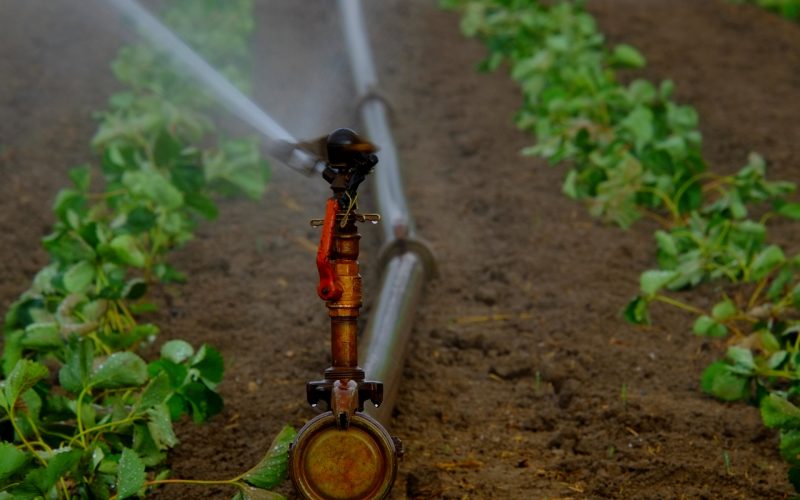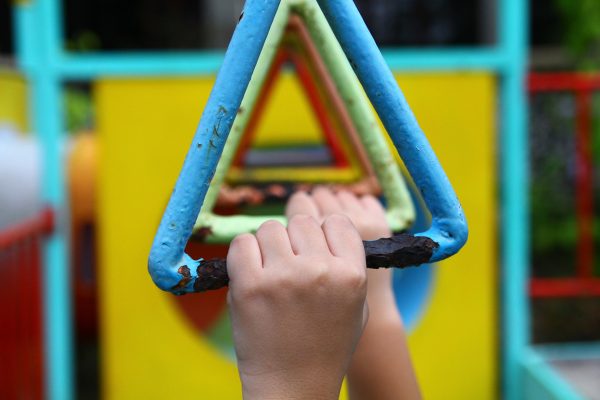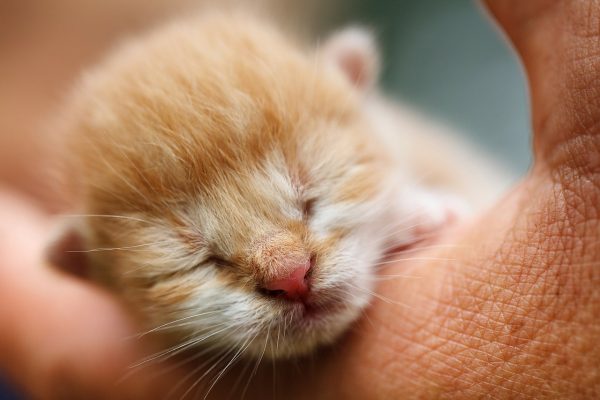In this blog, I’m talking a lot about making stuff from scratch or reusing what I already have. One of the reasons for this is that in the past I learned and talked a lot about virtual water.
Virtual water is the water embedded in everything we consume, from food to clothing and even our car. It’s a very powerful approach to understanding the cost of our lifestyle. I want to unpack it a bit here.
Background to virtual water
The idea behind water as virtual water goes back to trade relations. It was developed in an attempt to understand what resources are necessary to participate in international trade. For example, calculating virtual water as part of the textile industry means to look at how much water is used in cotton production. The approach helps to assess which country produces cotton using how much water.
Virtual water is also calculated for importing countries. It shows which countries import how much water with their goods.
Understanding virtual water is important because it highlights where water is taken away from human consumption. It can highlight where economic gain outranks fair water distribution. Modern trade relations pay little attention to natural resources but rather go by the cheapest way of production.
To stay with the example of cotton production, the Aral Sea in Uzbekistan has lost most of its water due to cotton production in the area. Applying a virtual water approach to this case means to assess Uzbek cotton against the loss of livelihoods in the area.
An item’s price at consumers’ end does not reflect the actual cost of production. A cotton t-shirt from Uzbekistan will cost the same amount as a t-shirt with cotton from India. However, by taking a step back and looking at the hidden cost of cotton it becomes apparent that not every t-shirt costs the same.
Calculating virtual water
Calculating the amount of virtual water hidden in a good can be daunting and depends on the levels of production. For example, a t-shirt can be assessed all the way to cotton production OR one can stop at the dyeing process of a t-shirt. It also depends on the means of transport and the number of items produced.
The food industry is very prominent in calculating virtual water. Every hamburger contains a certain amount of water (about 2.400 litres). Agriculture, in general, is the largest user of fresh water on the planet. A calculation of virtual water of food makes this usage ever more apparent.
However, agriculture is also the most difficult to assess for virtual water. It uses different kinds of water: blue water (which is irrigation water), green water (which is rain water), and grey water (which is waste water). How much water is added into a product is different from how much water a plant or animal naturally receive.
Some examples
To put the virtual water approach into context, some examples of recent calculations:
An orange contains on average 50 litres of water
A cup of coffee contains on average around 130 litres of water.
A t-shirt contains on average 2.500 litres of water
One litre of milk contains on average 1.000 litres of water
A 300g beef steak contains on average 4.500 litres of water
And the list goes on (for more information check the water footprint product gallery)
This list does not say, that all products need exactly that amount of water in their production.
Especially for agricultural product, location is important. If, like the Uzbek cotton example, products are grown in unsuitable regions than the amount of water needed for production is missing from other forms of life. If, however, a steak comes from a water rich area then the virtual water content is not (necessarily) missing from human consumption.
Where to now?
Assessing virtual water footprints of products and goods can be a daunting task, and sometimes next to impossible. I think it’s important to keep in mind that every good we consume has been produced with local resources. For the most part, we cannot know where these local resources are and what effect the production of a certain good has.
My goal, however, is to draw attention to the fact that everything has a hidden price – a price we do not pay at the check-out but one that is paid by someone else.




